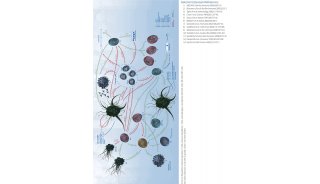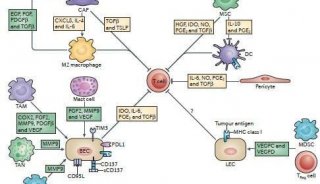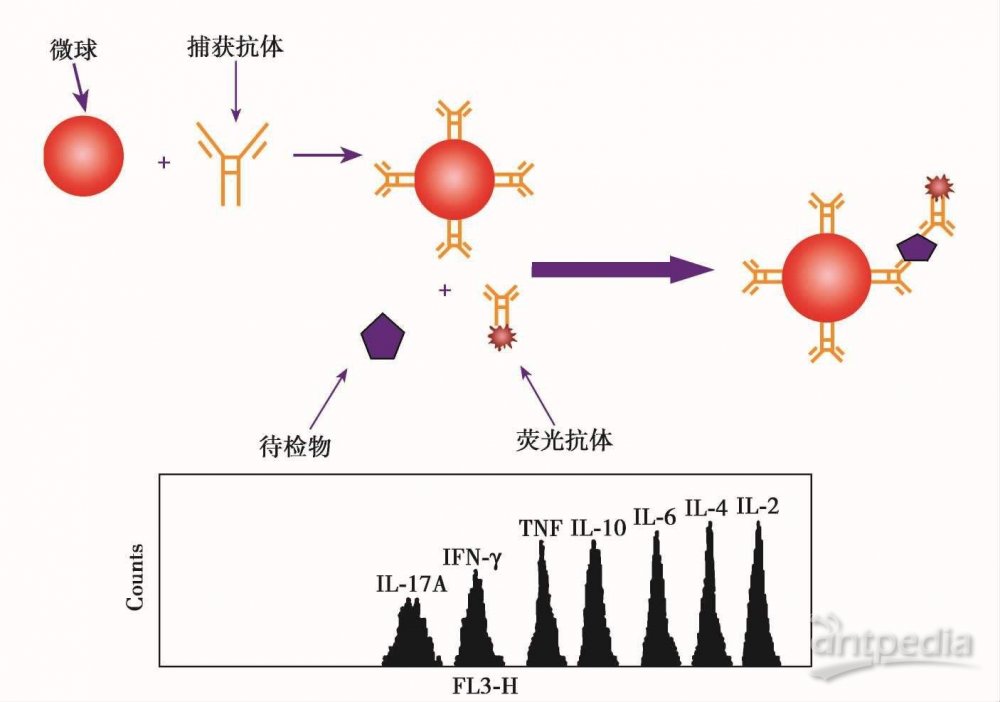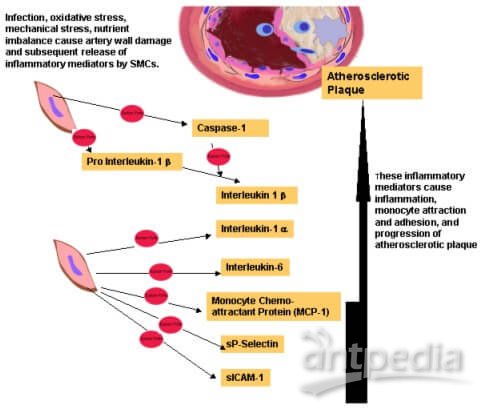KCNQ2基因突变与药物因子介绍
m通道是一种缓慢激活和失活的钾通道,在神经元兴奋性的调节中起着关键作用。m通道是由该基因编码的蛋白质和kcnq3基因编码的相关蛋白质(两者都是完整的膜蛋白)结合形成的。m通道电流被m1毒蕈碱乙酰胆碱受体抑制,并被新型抗惊厥药物retigabine激活。该基因缺陷是1型良性家族性新生儿惊厥(BFNC)的病因,也称为癫痫,1型良性新生儿惊厥(EBN1)该基因至少有5个转录变体,编码5种不同的亚型。[由RefSeq提供,2008年7月]
The M channel is a slowly activating and deactivating potassium channel that plays a critical role in the regulation of neuronal excitability. The M channel is formed by the association of the protein encoded by this gene and a related protein encoded by the KCNQ3 gene, both integral membrane proteins. M channel currents are inhibited by M1 muscarinic acetylcholine receptors and activated by retigabine, a novel anti-convulsant drug. Defects in this gene are a cause of benign familial neonatal convulsions type 1 (BFNC), also known as epilepsy, benign neonatal type 1 (EBN1). At least five transcript variants encoding five different isoforms have been found for this gene. [provided by RefSeq, Jul 2008]




















